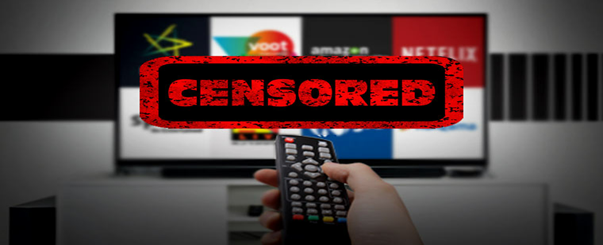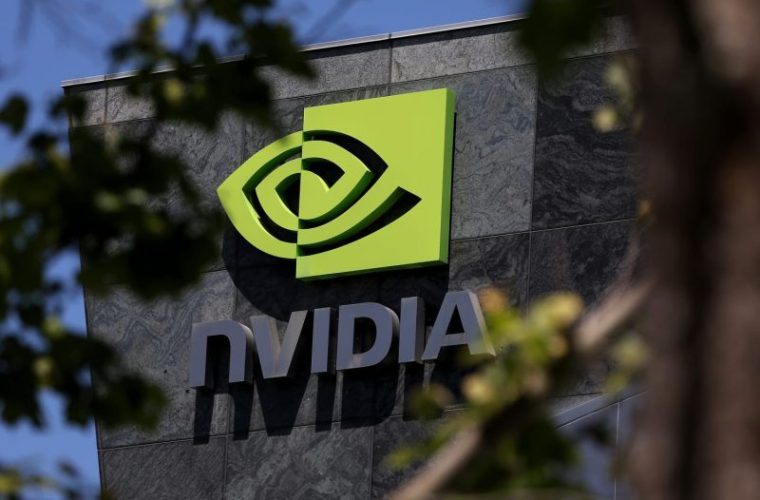
Is the new Digital Media Code Rules the perfect move to address the concerns of masses over the content created by OTT Platforms and News publishers?

Amazon Prime Video, Netflix and others have been hitting headlines lately for FIRs filed against them. On February 25, 2020, the government made a remarkable move to cover this sector as well, under its wings since the Ministry of Information and Technology (MeITY) along with Ministry of Information and Broadcasting issued the ‘Information Technology (Intermediary Guidelines and Digital Media Ethics Code) Rules, 2021’ sparking the classic debate of freedom of expression (Artistic Freedom) vs Sentiments of the people. Here we would analyse the key elements of the move and its possible impact on various stakeholders including you and me.
Part 3 of the regulation applies to the publishers of online curated content and the publishers of news and current affairs content which shall be administered by Ministry of Information and Broadcasting (hereinafter referred to as Ministry). This regulation is appended with ‘Code of Ethics’. For the publishers of news and current affairs content-
- Norms of Journalistic Conduct of the Press Council of India under the Press Council Act, 1978 would apply;
- Programme Code under section 5 of the Cable Television Networks Regulation) Act, 1995 would apply;
- Content which is prohibited under any law for the time being in force shall not be published or transmitted.
The publishers of online curated content would now have to take into consideration the following factors, when deciding to feature or transmit or publish or exhibit any content, after duly considering the implications of any content as falling under the following categories, namely:—
- Content which affects the sovereignty and integrity of India;
- Content which threatens, endangers or jeopardises the security of the State;
- Content which is detrimental to India’s friendly relations with foreign countries;
- Content which is likely to incite violence or disturb the maintenance of public order.
The Code has also classified the content in various ratings similar to what one can observe in movies.
| Rating | Suitable Audience |
| U | All |
| U/A 7+ | Above age of 7 and if below age of 7 under parental guidance |
| U/A 13+ | Above age of 13 and if below age of 7 under parental guidance |
| U/A 16+ | Above age of 16 and if below age of 7 under parental guidance |
| U/A 18+ | Adults |
The publisher of online curated content shall prominently display the classification rating specific to each content or programme together with a content descriptor informing the user about the nature of the content and advising on viewer discretion (if applicable) at the beginning of every programme including any on the promotional material.
Further to ensure the access of appropriate content is available to appropriate audience it will be on the publishers to establish access control mechanisms including parental locks.
Further the codes also ask that the content may be classified on the basis of.—
- Themes and messages;
- Violence;
- Nudity;
- Sex;
- Language;
- Drug and substance abuse; and
- Horror as described in the Schedule (Containing General Guidelines), as may be modified from time to time by the Ministry.
To ensure adherence to the code, the rules also provide a three-tier mechanism for self-regulation
Tier I: Self-Regulating Mechanism-Grievance Officer-
Every publisher shall appoint a grievance officer based in India, details of which should be available on the website of publisher. The publisher shall ensure that the Grievance Officer takes a decision on every grievance received by it within fifteen days and communicate the same to the complainant within the specified time.
Also, the Grievance Officer shall be a member of a self-regulating body (i.e. Tier 2).
Tier II: Self-Regulating Mechanism- Self Regulatory Body
There may be one or more self-regulatory bodies of publishers, being an independent body constituted by publishers or their associations. The self-regulatory body shall be headed by a retired judge of the Supreme Court, a High Court, or an independent eminent person from the field of media, broadcasting, entertainment, child rights, human rights or such other relevant field, and have other members, not exceeding six, being experts from the field of media, broadcasting, entertainment, child rights, human rights and such other relevant fields thus ensuring the consideration of interests of all stakeholders.
However, it should be noted that the body does not have any rights except to reprimand the publisher, requiring an apology by the publisher, and the publisher to include a warning card or a disclaimer or reclassification of ratings as above mentioned.
But, if in view of the body there is a need for some action, it will have to refer to the Oversight Board (i.e. Tier III).
Tier III: Oversight Mechanism-
The Ministry shall appoint an officer of the Ministry not below the rank of a Joint Secretary to the Government of India, as the Authorised Officer´, for the purpose.
The Ministry will constitute an Inter Departmental Committee, called the Committee, consisting of representatives from the Ministry of Information and Broadcasting, Ministry of Women and Child Development, Ministry of Law and Justice, Ministry of Home Affairs, Ministry of Electronics and Information Technology, Ministry of External Affairs, Ministry of Defence, and such other Ministries and Organisations, including domain experts, that it may decide to include in the Committee. And the Authorised Officer shall chair the committee. The Committee will have all the rights of the body in Tier II including the delete or modify content for preventing incitement to the commission of a cognisable offence relating to public order. In case of content where the Committee is satisfied that there is a need for taking action in relation to the reasons enumerated in sub-section (1) of section 69A of the Act (The Information Technology Act 2000), it may recommend such action.
However, to delete or modify the content the Authorised Officer shall place the matter for consideration before the Secretary, Ministry of Information and Broadcasting for taking appropriate decision.
Thus, the sole authority to take penal actions has been entrusted with the Secretary, Ministry of Information and Broadcasting. However, in case of emergency where no delay is acceptable Authorised Officer can make such specific recommendation to the Secretary and request appropriate action such as blocking the content for public assess without giving the other party opportunity to hear. If any such Interim Order is passed Authorised Officer shall present withing 48 hours the matter in front of the Committee. After considering the recommendations Final Order shall be passed.
These regulations also have the mechanism to ensure the accountability of the persons entrusted with authority. The Authorised Officer shall maintain complete records of the proceedings of the Committee, including any complaints referred to the Committee, and shall also maintain records of recommendations made by the Committee and any directions issued by the Authorised Officer. The Review Committee shall meet at least once in every two months and record its findings whether the directions of blocking of content or information issued under these rules are in accordance with relevant provisions.
Other Aspects:
Many experts have raised concerns that on internet news and current affairs content is being published by huge number of websites and the no track to ensure accountability. Therefore, the regulations prescribe furnishing of information by publishers of both the types of content. The documents will be specified and shall be required to be submitted within 30 days of publishing of these rules.
The publisher of news and current affairs content and the publisher of online curated content shall publish periodic compliance report every month mentioning the details of grievances received and action taken thereon ensuring transparency.
The rules also update the requirements for intermediaries including social media intermediaries regarding disclosure of privacy and user policy, information about cyber security breach incidents. Appointment of Compliance Officer is also mandated in the rules.

Another important aspect is that the rules have mandated the intermediaries (predominantly Social Media Companies) to ensure the traceability of the first originator of the message. This raised huge concerns as many of the platforms provide end to end encryption. Various other operational challenges are also faced by intermediaries.
What is in for different Stakeholders?
Apart from the factors mentioned above the major benefits to the stakeholders can be summarised as-
Better disclosure of Information-Publishers being mandated will disclose the rating and type of content that will enable the consumer to take informed decision.
Redressal Mechanism-Now consumers of content have the mechanism to initiate appropriate actions against any publisher violating the code.
The Other side of story
Some stakeholders believe that this tool of blocking content might be used by political parties to curb views and carry on any propaganda. Any news which is not appreciated by the party in power can be taken down as fake news. The grievance mechanism would end up censoring the news and compromising creative freedom.
Thus, the new rules seem promising to address the concern of masses, but the actual effectiveness can only be concluded by the test of time.
(All the views expressed here are personal.)
Written By-Roshan Kukreja




